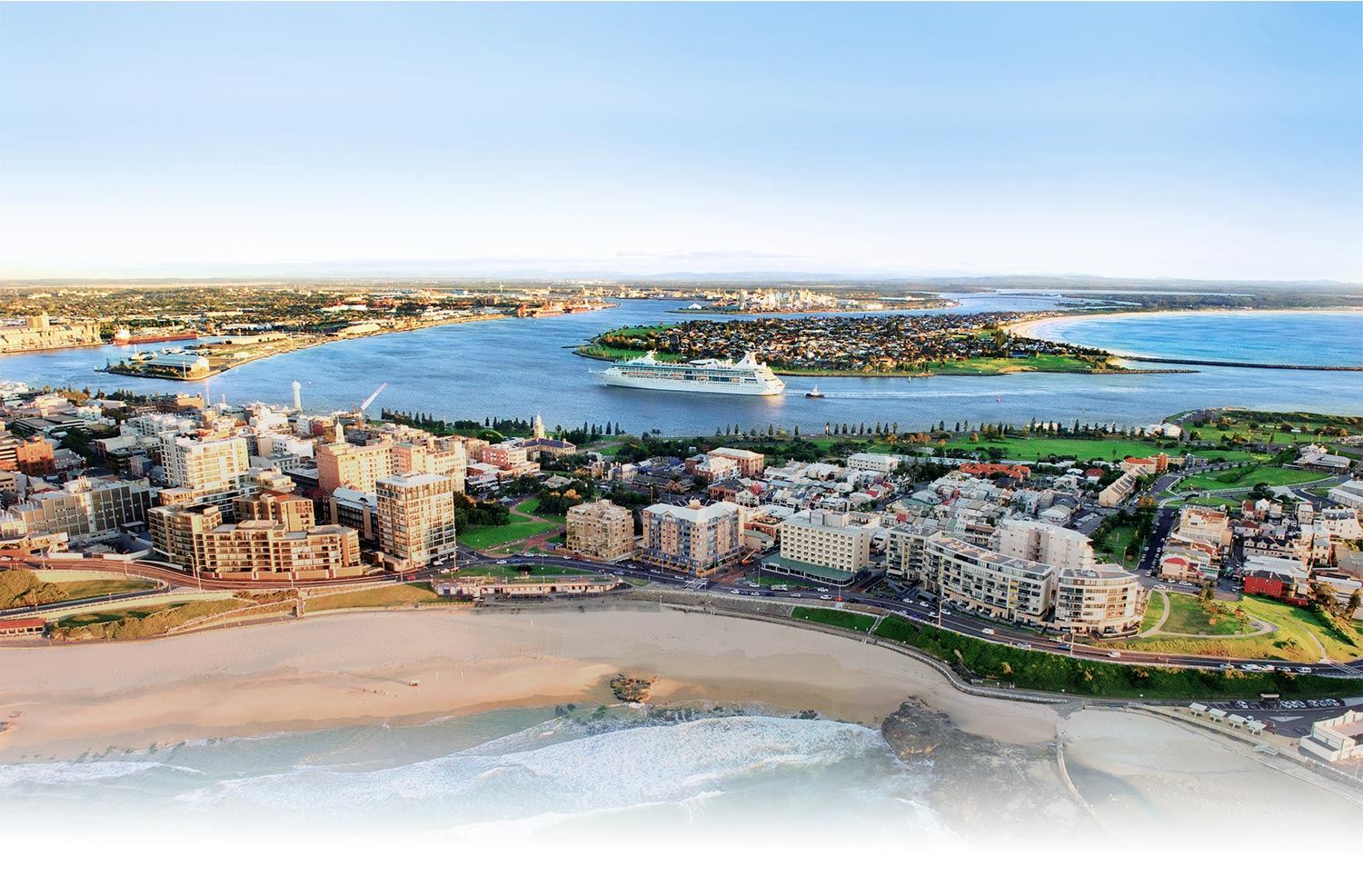
Chance to re-imagine clifftop cottage at Shepherds Hill
12 Feb 2018
Newcastle City Council is pleased to invite expressions of interest to open historic Shepherds Hill Cottage for public use.
A kiosk or cultural facility are among potential uses for the former military mess hall with 230-degree views of the ocean, Port Stephens and the Hunter Valley from its position on The Hill.
The 182sqm heritage-listed building is being faithfully restored before the future tenant takes up an initial five-year lease, expected to begin in the first quarter of 2019.

"Newcastle City Council is proud to open this incredible opportunity to activate Shepherds Hill Cottage for public use," Lord Mayor Nuatali Nelmes said.
"We are looking for someone to re-imagine the timber cottage as a café or tea room, museum, art space, community use facility or for some other activity in line with the Draft Shepherds Hill Defence Group Conservation Management Plan."
"The cottage sits in a prime position on the Bathers Way, a 6km coastal pathway that rivals any coastal walk in Australia when finished.
"We are opening it to the public as part of Council's priority coastal revitalisation project and long-term commitment to creating vibrant public places."
Council officers will assess submissions against criteria before the elected Council identifies a preferred tenderer.
All submissions will have to comply with the Draft Shepherds Hill Defence Group Conservation Plan, which is now with the Office of Environment and Heritage for approval.
Expressions of Interest will be open until Tuesday 27 March and can be accessed here
History of cottage
Shepherds Hill Cottage, part of the wider Shepherds Hill Defence Group site, was originally a quarters for personnel who manned the adjacent eight-inch gun and later a mess hall for officers responsible for coastal defences.
The building, observation post and gun emplacement were originally designed to defend Newcastle's burgeoning coal port after an 1878 Royal Commission into Colonial Defences.
The military site served as an integral command position up to the end of World War Two.










